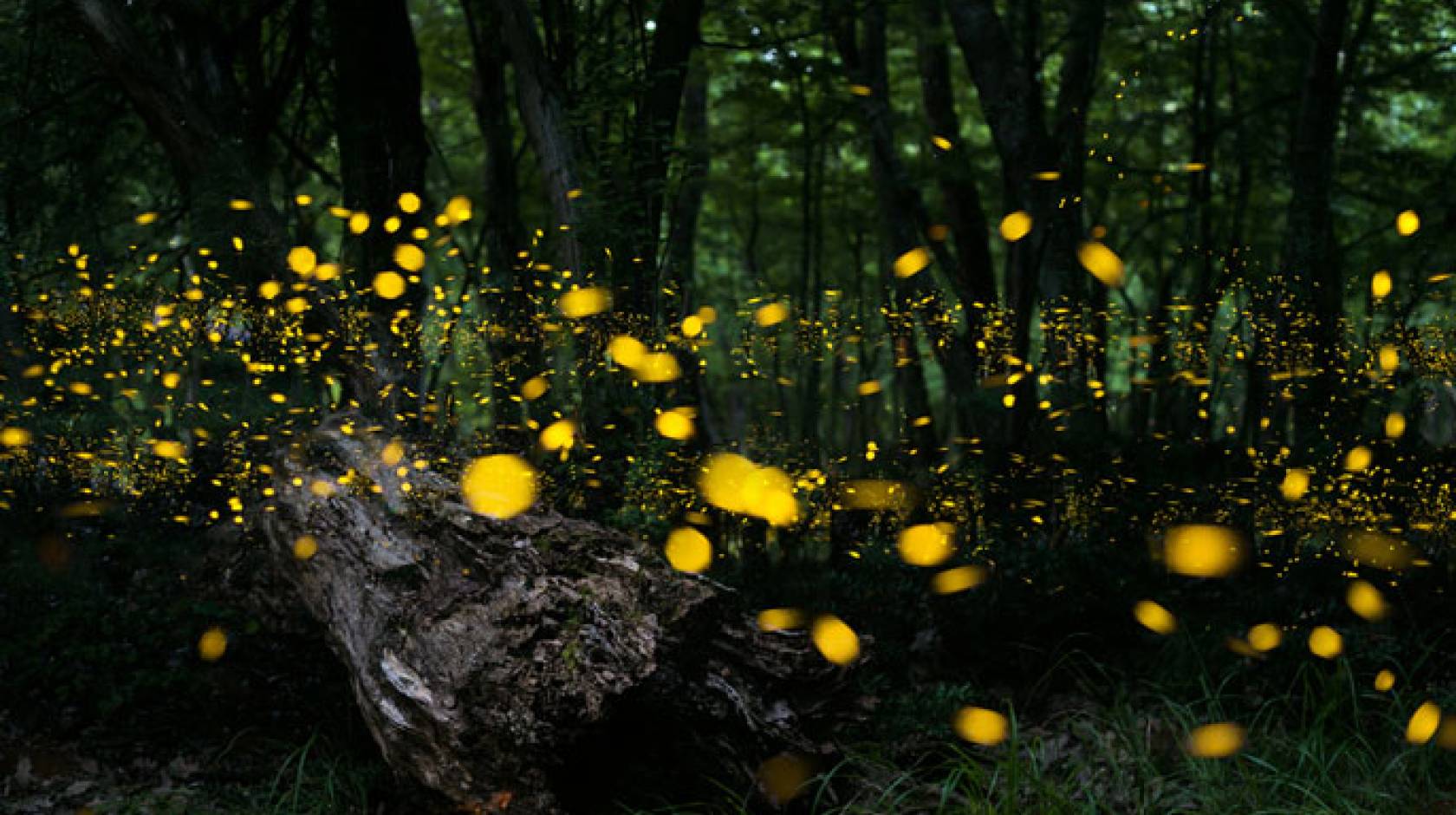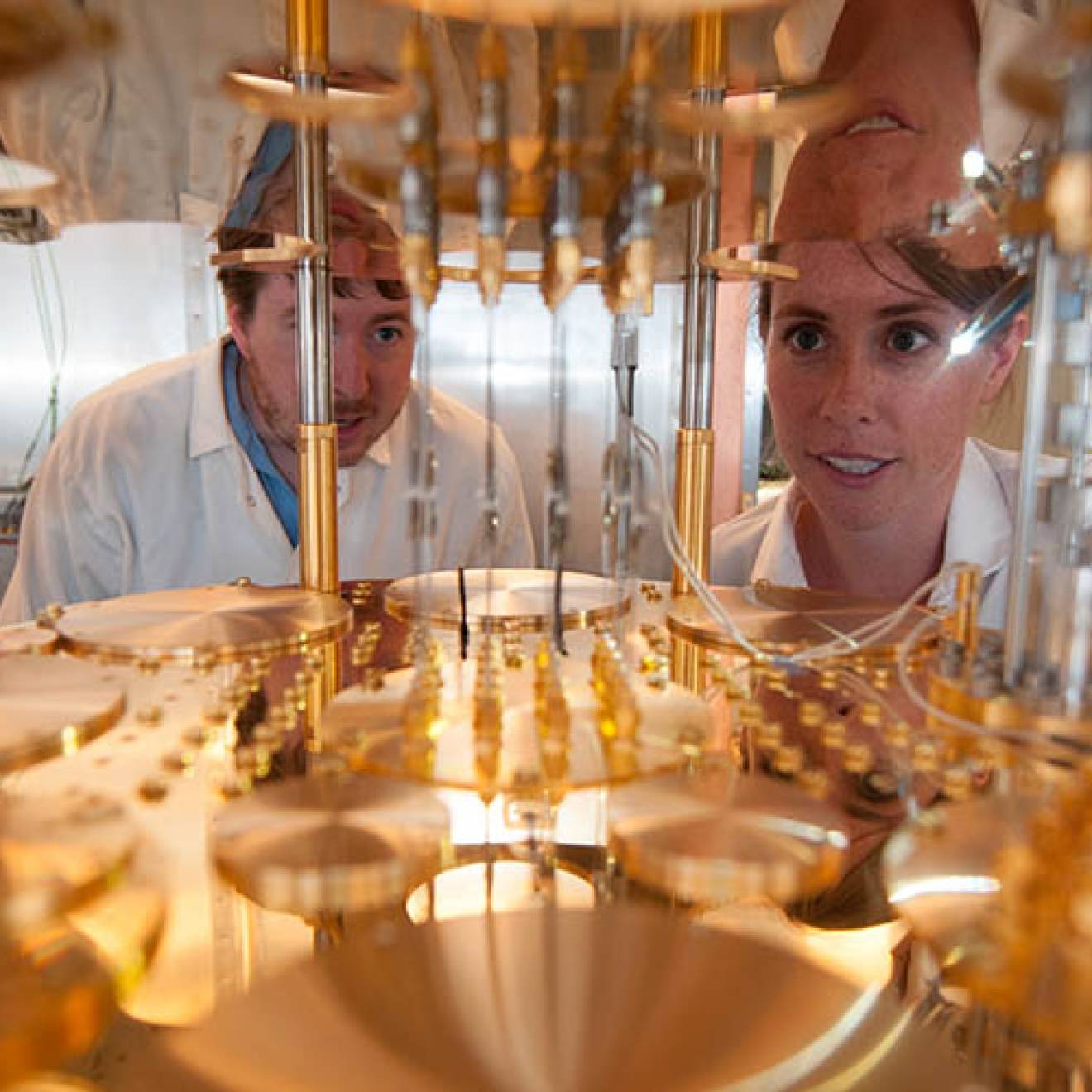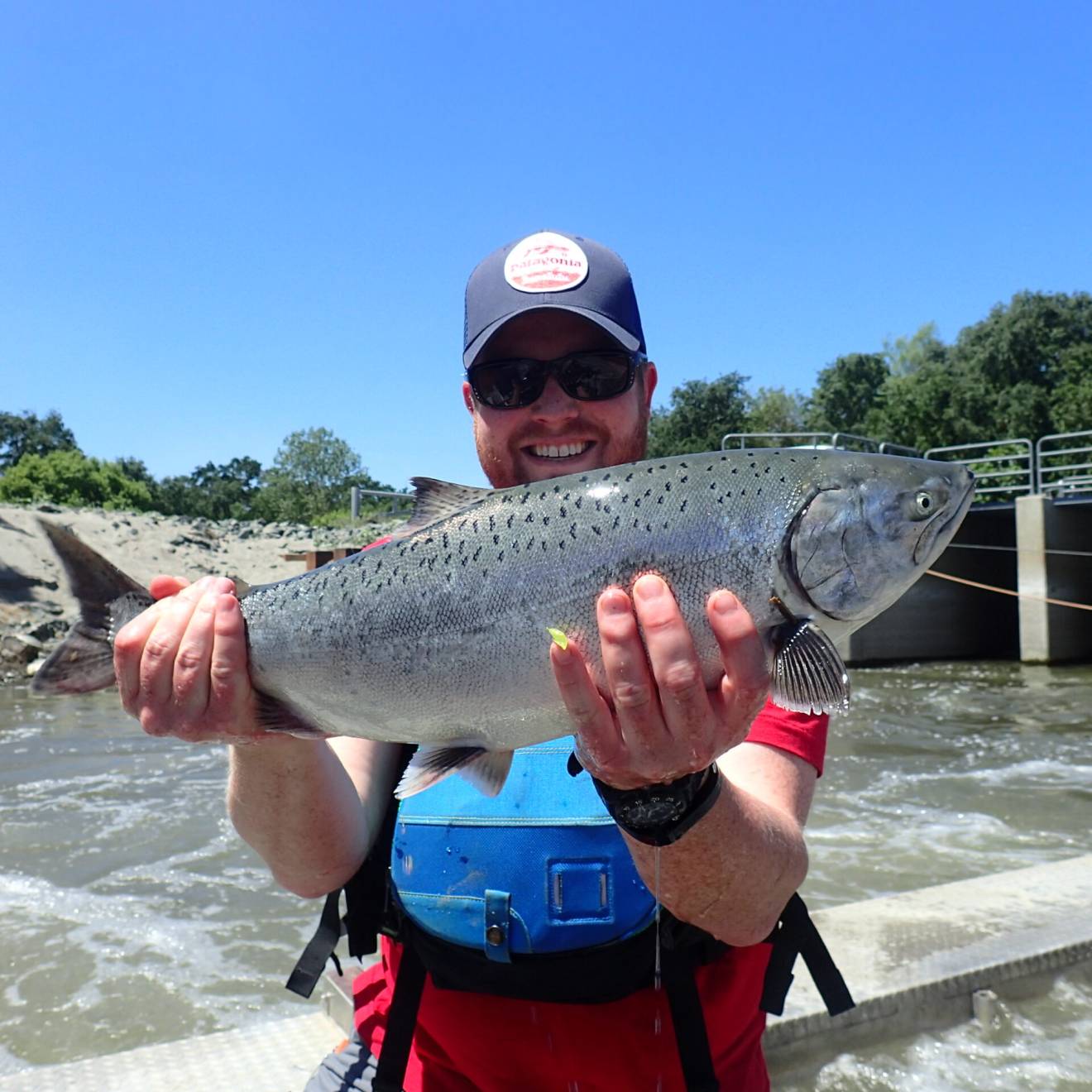Brian Bell, UC Irvine

Growing up on the prairies of rural Minnesota, young Jennifer Prescher couldn’t have known that the fireflies she hunted on summer evenings would inspire her future career.
“They glow through a process of bioluminescence,” says Prescher, associate professor of chemistry at the University of California, Irvine. “The light comes from a chemical reaction, which is just inherently cool.”

Credit: Steve Zylius/UC Irvine
Now she’s trying to synthesize bioluminescent molecules to help decode multicellular interactions in the human body. By doing so, she hopes to better understand immune system function and foster breakthroughs in the fight against cancer and infectious diseases.
The concept of multicellular interaction is important to Prescher. Her work isn’t limited to single cells or molecules; she’s striving to comprehend entire living networks. She wants to know how diverse tissue types and the chemicals secreted and shared among them work in concert to make organisms thrive.
“As biologists and chemists, we have a decent grasp of how to manipulate individual molecules within single cells, and that’s been transformative in our ability to understand cell biology,” Prescher says. “Now we need to take a step up from that and really learn how multiple cell types interact and communicate with one another.”

Credit: Steve Zylius/UC Irvine
But key to untangling multicellular networks is “seeing” what’s going on. With a powerful enough microscope, researchers can distinguish components of cells, but they can’t, for instance, observe how sugary residues that cover them are reacting to the onset of disease or aging. For that, scientists need the kind of custom-designed chemical markers and probes that Prescher invents in her lab.
Patterned on glowing systems occurring in nature, the molecules that her group designs and synthesizes can be used to track the proliferation of tumors, for example, or to monitor how disease-fighting cells function in localized areas of the body.
“A lot of what we know in biology has come from developing ways to see things,” she says. “Imagine if you could walk into a clinic and watch your immune system in action. We would understand a lot more about how it’s working, and we’d be able to craft much better interventions when disease occurs.”
Prescher compares her work to such “grand challenges” as mapping the human brain or genome. Her lab is well-equipped to handle the task. Located in UC Irvine's Natural Sciences I building, it hosts researchers in chemistry, molecular and cell biology, and bioanalytics.
“What draws everyone together is an interest in being able to understand and manipulate biological systems at a molecular level,” Prescher says. “We definitely span a broad range of fields, but I think what keeps everyone excited about the science is that we all want to use chemical tools and chemical thinking to understand high-level biological problems.”
Her career trajectory has benefited from a “multicellular network” of its own: a strong, interconnected web of family members, teachers, counselors, mentors and fellow researchers.
Prescher was raised in Blue Earth, Minnesota, “home of the Jolly Green Giant.” At school, she gravitated toward math and science, and her teachers helped convince her parents — who had not gone to college — that she and her brother were cut out for higher education.
Through her undergraduate years at the University of Wisconsin-La Crosse, graduate school at UC Berkeley and postdoctoral work at Stanford University, Prescher was surrounded by supportive faculty members and researchers who saw great potential in her.
“Having grown up in a quiet, rural community, it was a real eye-opener to attend college and see science in action,” she says. “That was my first exposure to the fact that you could do this stuff for a living.”
Prescher says she likes to feel that she’s giving back some of the good advice and generosity of her past teachers to her current students at UC Irvine. This summer, she and her graduate students even taught Los Angeles Rams recruits how to pulverize potential opponents — and helped the NFL players learn chemistry processes.
“My mission here is certainly more on the research side of things; it’s a mandate of a research-intensive university,” she says. “But a significant amount of our time is also spent in the classroom teaching. I’m a much better researcher because of teaching and vice versa, and it’s one of the most gratifying parts of the job: to inspire young minds and to see the same excitement in them after a lecture on organic chemistry that I felt as an undergrad in those classes. I get to be on the other side of that now.”

